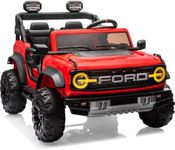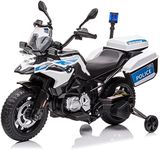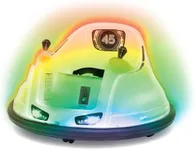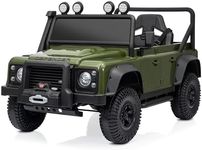Best Kids Electric Cars
From leading brands and best sellers available on the web.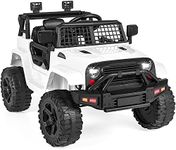
Best Choice Products
Best Choice Products 12V Kids Ride On Truck Car w/Parent Remote Control, Spring Suspension, LED Lights, AUX Port - White
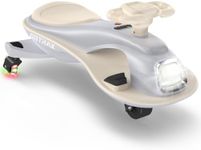
Gotrax
20%OFF
Gotrax WG1 Electric Wiggle Car for Kids, 12V Big Battery up to 120Min Playtime, Music Speaker &Rear Flash Wheels, Battery Display & Easy Assembly w/Pedal Throttle, Crazy Cart Gift for Ages 3+, 132Lbs
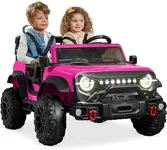
Best Choice Products
18%OFF
Best Choice Products Kids 24V 2-Seater Electric Ride On Car Truck w/ 132lb Weight Capacity, Parent Control, Bluetooth, LED Lights - Hot Pink
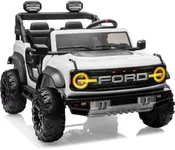
First Ride On
First Ride On Licensed Ford Bronco Raptor 24V 2 Seater Kids Ride on Toys, Battery Powered Electric Ride on Car, Remote Control Electric Car w/Led Lights, Music, High Low Speed (24V, White)
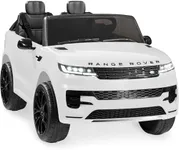
Best Choice Products
15%OFF
Best Choice Products Kids 24V 2-Seater Licensed Range Rover Sport Electric Ride On Car Truck w/ 132lb Weight Capacity, Parental Remote Control - White
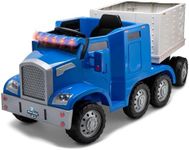
Kid Trax
Kid Trax 12V Kids Ride On Semi-Truck with Detachable Trailer - Realistic Sounds, Lights, CB Radio, & Horn, Forward & Reverse, Electric Cars for Kids, Toddler Outdoor Toys, Ages 3-5, Max Weight 77 lbs
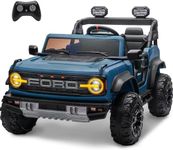
Seizeen
15%OFF
ENYOPRO 2 Seater Ride On Car for Kids, 24V Licensed Ford Bronco Raptor Electric Power Ride On Truck Toy with Remote Control, 4 Wheels Shock Absorption, Soft Start, Bluetooth, Radio, 3 Speed - Blue
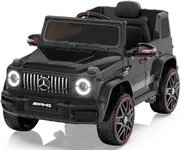
ANPABO
ANPABO Licensed Mercedes-Benz G63 Car for Kids, 12V Ride on Car w/Parent Remote Control, LED Headlights, Music Player & Horn, Soft Start, Low Battery Prompt, Kids Electric Vehicle, Black
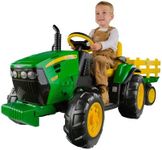
Peg Perego
Peg Perego John Deere Ground Force Tractor with Trailer 12 Volt Ride on
Our technology thoroughly searches through the online shopping world, reviewing hundreds of sites. We then process and analyze this information, updating in real-time to bring you the latest top-rated products. This way, you always get the best and most current options available.

Most Popular Categories Right Now


